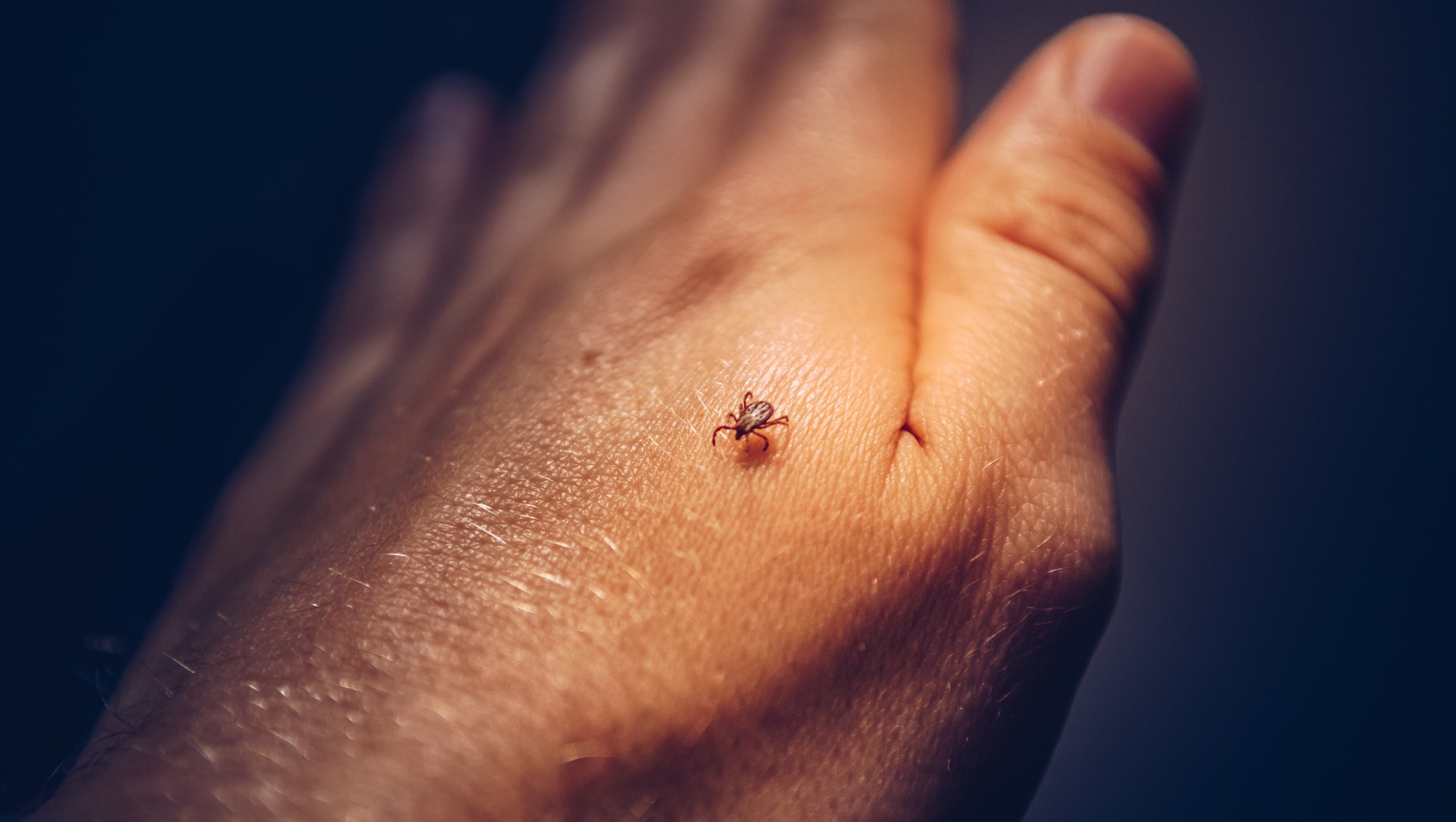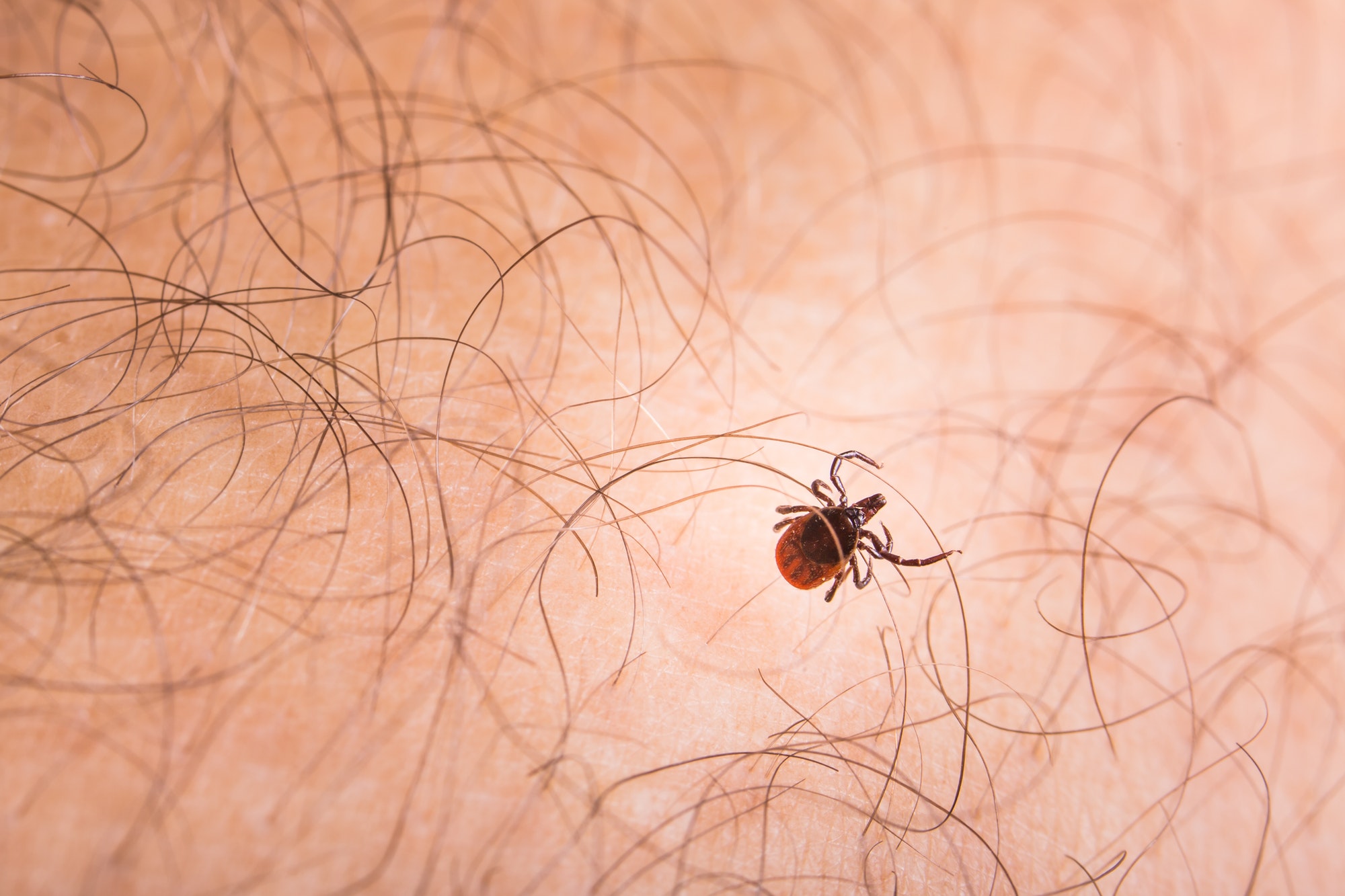Why Ticks Are So Dangerous To Humans And Pets?
Ticks have been around for a very long time and are dangerous to both humans and animals. Ticks are mainly found outdoors in woodsy and grassy areas. Those that work outdoors are especially more vulnerable to tick bites. They typically occur during the warmer seasons and protection is important to prevent tick bites because many carry diseases.
The CDC notes that the most common types of tick diseases in the United States include: Lyme disease, babesiosis, ehrlichiosis, Rocky Mountain Spotted Fever, anaplasmosis, Southern Tick-Associated Rash Illness, Tick-Borne Relapsing Fever, and tularemia.

Ticks don’t typically live on a host but they attach themselves and start to feed. Once they are done they detach themselves. They can become dangerous if the ticks carry Lyme disease. Typically symptoms of a tick bite don’t usually occur until several days later.
In animals, they attach themselves to areas with little or no hair. According to the article “How to Treat Tick Bites on Dogs,” it explains how the first symptoms that your pet may have contracted a tick-borne illness are noticing that your pet is lethargic and has a fever and then can be joined by weakness, lameness, joint swelling, and or anemia (Stregowski, 2020).
Pets that have contracted Lyme disease may need to be on antibiotics for several weeks. Dogs can suffer from kidney damage caused by Lyme disease and may need further management that may include hospitalization, nutritional support, and IV fluids (Stregowski, 2020). Tick paralysis may also occur in animals and removing the tick can help relieve the symptoms. The neurotoxins which exist in the tick’s saliva is what causes the symptoms in the first place (Stregowski, 2020).

In rare cases, supplemental oxygen is necessary for dogs that are having difficulty breathing. Ticks may also be harmful to humans as well. If those that fall into the category of being young, elderly, or immunosuppressed then the case can be more severe. Many people will recognize that they have a tick bite by the bullseye rash on their skin.
According to the article “The Dangers of Ticks,” the second or third stage of a severe tick bite involves the joints, brain, and heart (Reece). It is noted that 30 to 35 percent of deer ticks carry Lyme disease (Reece). Those that contract Lyme disease are given antibiotics to relieve the symptoms and if the antibiotics don’t work then it can affect your mobility and cognitive skills and this can take months or years to subside. Even if ticks carry Lyme disease they won’t necessarily transmit it through bites to humans. In order for them to transmit the disease, they have to be completely embedded and engorged following their feeding (Reece).
Another tick disease that can be life-threatening to humans is called Rocky Mountain Spotted Fever. It is mainly found in the southeastern part of the United States. According to Mayo Clinic, early signs and symptoms that occur is a severe headache and a high fever. The most common symptom found is seeing a rash first occur on the wrists and hands and it will make its way to the feet and legs. If this disease is left untreated then it can do severe damage to the internal organs such as the brain, heart, kidneys, and could possibly lead to amputation.
According to the Mayo Clinic, there is up to an 80 percent chance of death if left untreated. It is important that tick bites are not left unattended and that action should be taken immediately if symptoms do occur because it can become fatal.
Author: Rebecca Di Marco
West Coast University, Los Angeles
Works Cited
- Stregowski, Jenna. “How to Treat Tick Bites on Dogs.” The Spruce Pets, 5 May 2020, www.thesprucepets.com/all-about-ticks-1117829
- CDC – Tick-Borne Diseases – NIOSH Workplace Safety and Health Topic.” Centers for Disease Control and Prevention, Centers for Disease Control and Prevention, 22 Sept. 2011, www.cdc.gov/niosh/topics/tick-borne/default.html
- Reece, Rebecca. “Caring.” Lifespan, www.lifespan.org/lifespan-living/dangers-ticks. “Rocky Mountain Spotted Fever.” Mayo Clinic, Mayo Foundation for Medical Education and Research, 6 Oct. 2020
- www.mayoclinic.org/diseases-conditions/rocky-mountain-spotted-fever/symptoms-causes/syc-20361032








